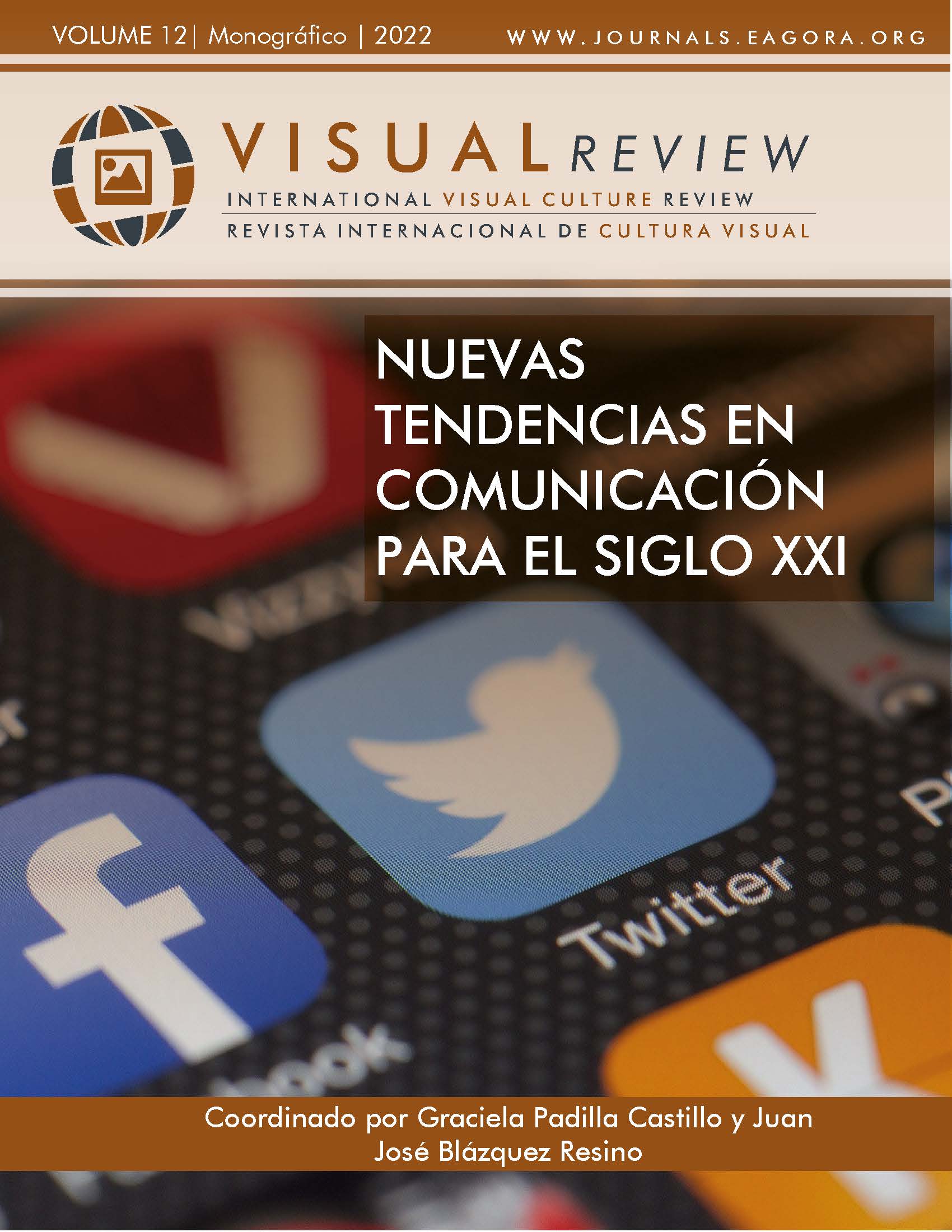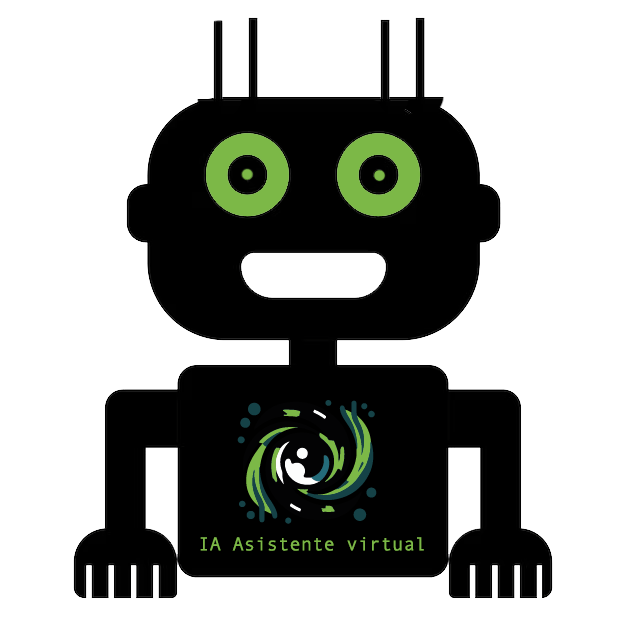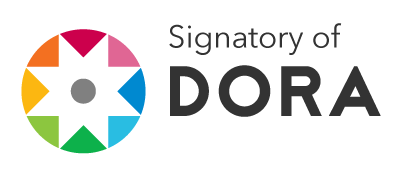The importance of visual language in educational videos
DOI:
https://doi.org/10.37467/revvisual.v9.3742Keywords:
Visual literacy, Communication, Education, Videos, Design, Didactic, Visual LanguageAbstract
As a result of the dizzying evolution of digital media, the image has proliferated and there is easy access to the production of visual materials.
Video, as a learning object, is a powerful tool, however, the lack of visual literacy has reduced the quality of the graphic materials produced.
The general objective of this research is to analyze how and why the application of Visual Language standards in didactic videos optimizes and contributes positively to their understanding and to their function as a teaching and learning tool.
Downloads
Global Statistics ℹ️
|
504
Views
|
676
Downloads
|
|
1180
Total
|
|
References
Aparici, R. (coord). (2006). La imagen. Análisis y representación de la realidad. Barcelona: Editorial Gedisa.
Bravo, J. L. (2000). El vídeo educativo. http://www.ice.upm.es/wps/jlbr/Documentación/Libros/Videdu.pdf
Cabero, J. (2004). Reflexiones sobre las tecnologías como instrumentos culturales. En Martínez, F. y Prendes, M. P. (coordinadores): Nuevas tecnologías y educación. Madrid: Pearson Educación
Campaña, C. (s/f). 5 razones por las que no tienes una voz poderosa. https://vox-technologies.com/blog/voz-poderosa
Dondis, D. A. (1976): Sintaxis de la imagen. Introducción al alfabeto visual. Editorial Gustavo Gili.
Frascara, J. (2000). Diseño grafico y comunicación. Ediciones infinito.
Hernández Sampieri y cols (2010). Metodología de la Investigación. McGraw-Hill
Herrero, P. (coord.) (2013). Pautas para la legibilidad de la información. Instituto Nacional de Tecnología Industrial.
Muñoz Razo (2011). Cómo elaborar y asesorar una investigación de tesis. Pearson Educación.
Downloads
Published
How to Cite
Issue
Section
License
Those authors who publish in this journal accept the following terms:
-
Authors retain copyright.
-
Authors transfer to the journal the right of first publication. The journal also owns the publishing rights.
-
All published contents are governed by an Attribution-NoDerivatives 4.0 International License.
Access the informative version and legal text of the license. By virtue of this, third parties are allowed to use what is published as long as they mention the authorship of the work and the first publication in this journal. If you transform the material, you may not distribute the modified work. -
Authors may make other independent and additional contractual arrangements for non-exclusive distribution of the version of the article published in this journal (e.g., inclusion in an institutional repository or publication in a book) as long as they clearly indicate that the work was first published in this journal.
- Authors are allowed and recommended to publish their work on the Internet (for example on institutional and personal websites), following the publication of, and referencing the journal, as this could lead to constructive exchanges and a more extensive and quick circulation of published works (see The Effect of Open Access).













